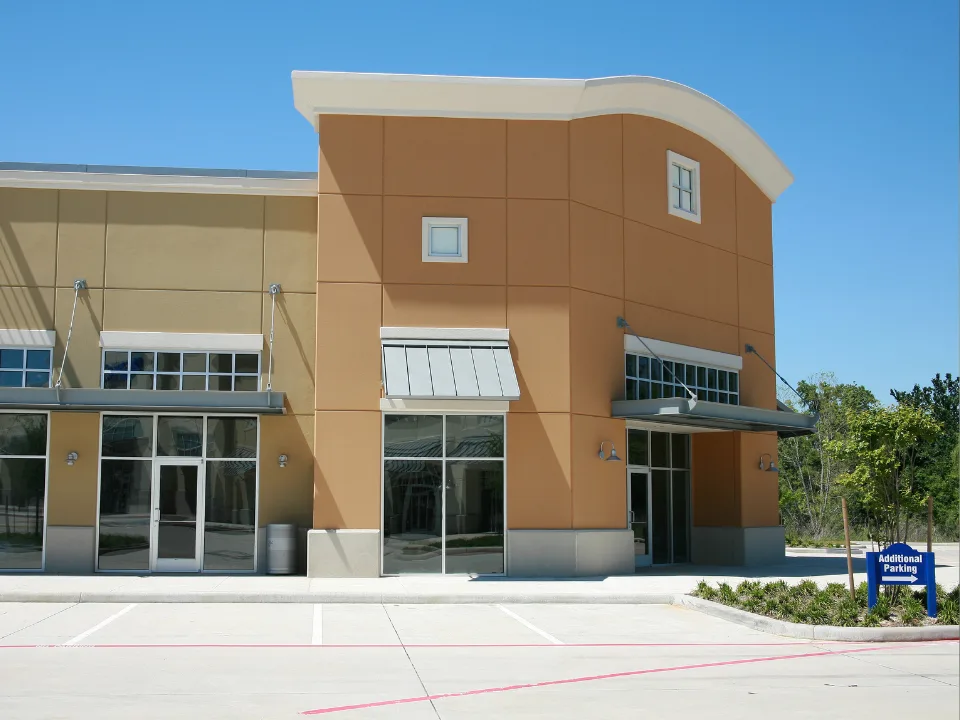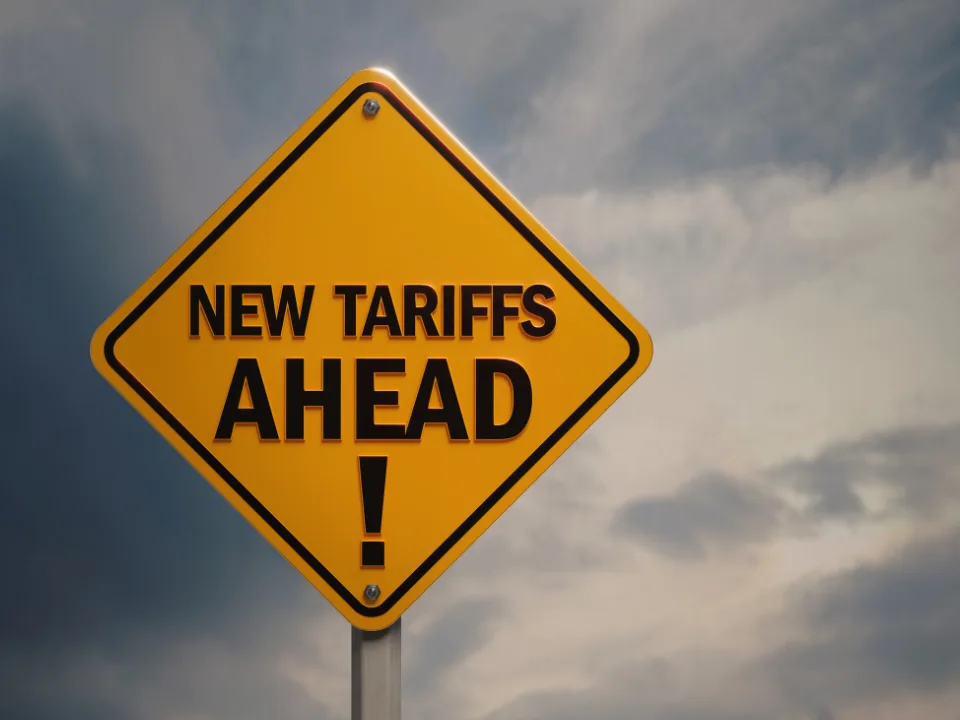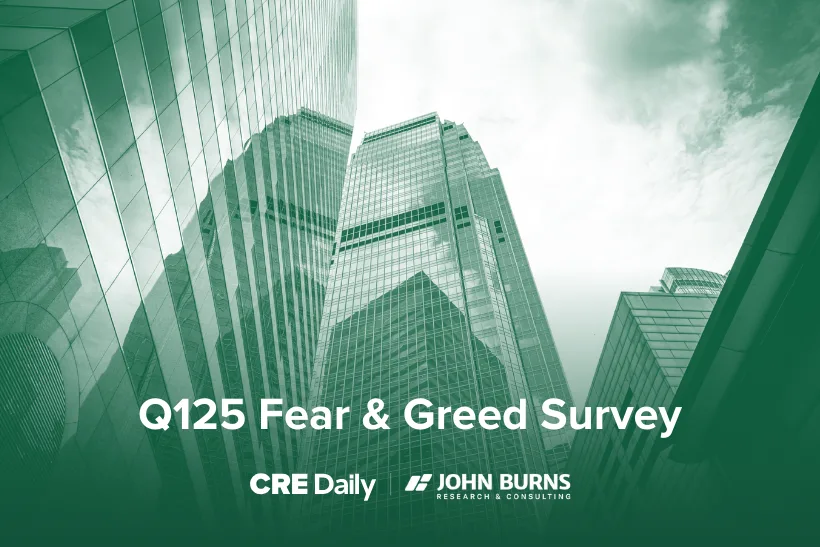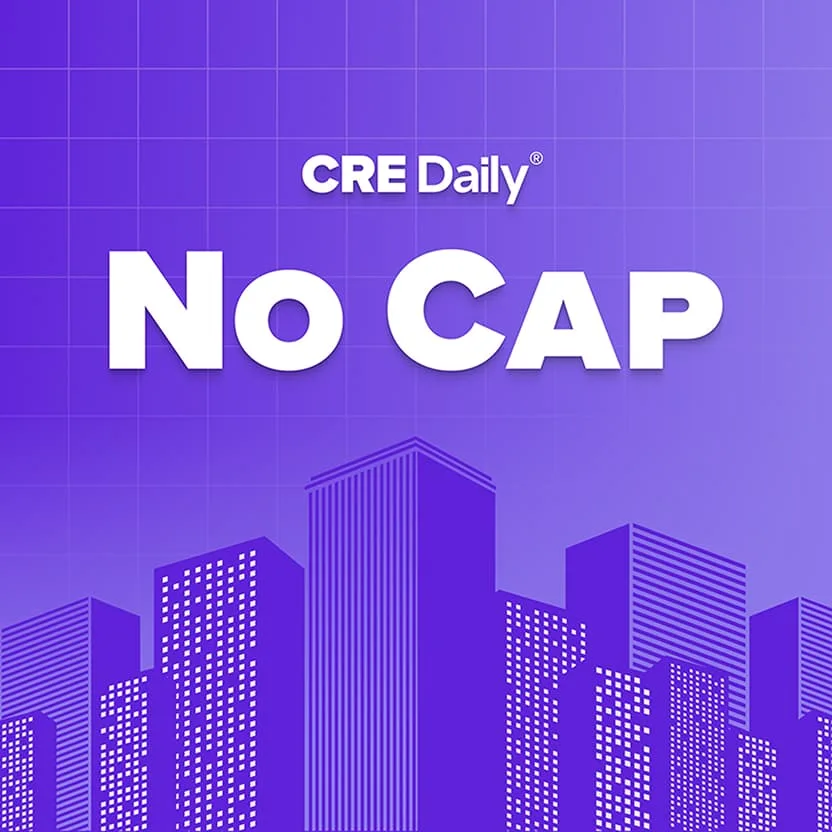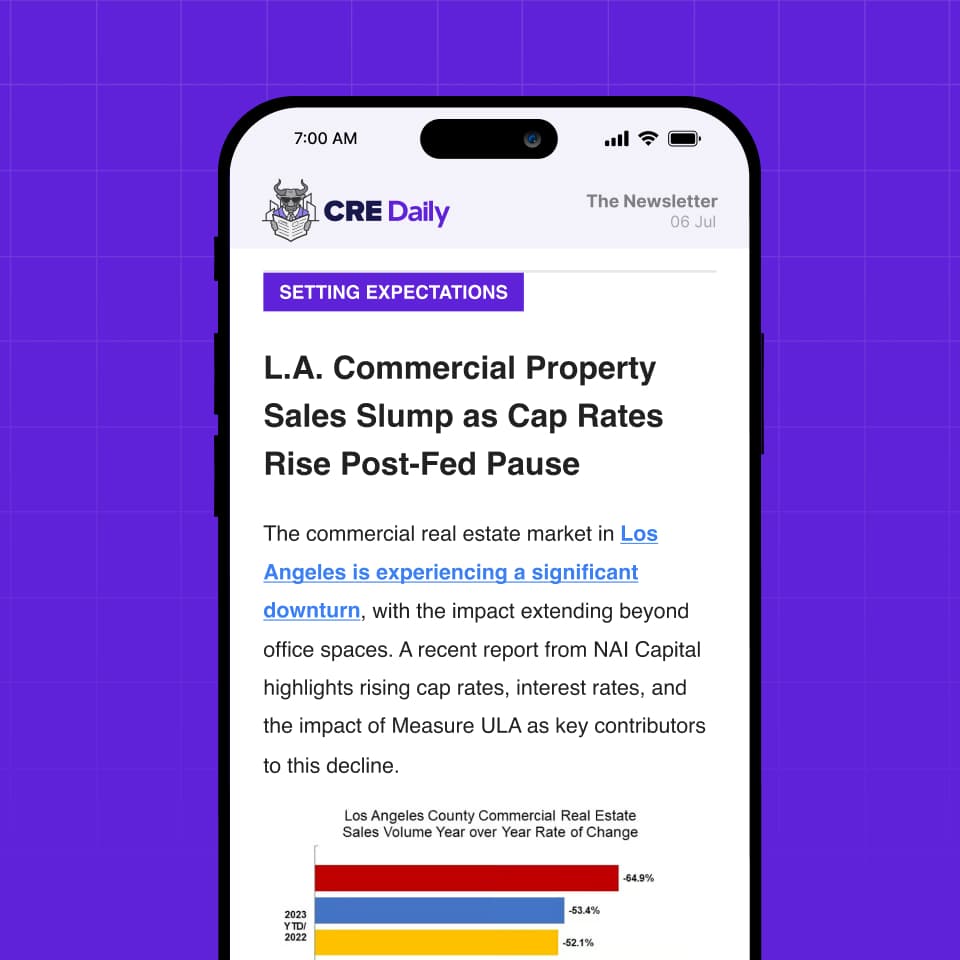- Washington, D.C. saw a 79% drop in housing starts last year — from 4,474 in 2023 to just 932 units — marking its lowest annual total in 15 years.
- Developers cite high construction costs, interest rates, and unpaid rent, along with tenant-friendly regulations, as primary reasons for the pullback.
- Investment has slowed so dramatically that even the city’s most active developers, like MRP Realty, have no projects under construction.
- Local leaders are pushing major housing policy reforms, including controversial changes to the Tenant Opportunity to Purchase Act (TOPA), to regain investor confidence.
Skyline Goes Silent
According to Bisnow, Washington, D.C. ‘s once-crane-filled skyline is growing quieter as housing starts collapse. According to the D.C. Economic Partnership’s 2024-2025 Development Report, just 932 rental units broke ground in the city last year — a stark 79% plunge from 2023, and the lowest since 2010. It’s the first time since 2015 that multifamily starts dipped below 5,000 units.
While construction activity has slowed nationwide due to elevated borrowing and material costs, D.C.’s unique policy environment is compounding the issue and scaring off developers.
Developers Hit Pause
MRP Realty, which led local development with 11 projects in the past five years, now has none in the pipeline. “We have shovel-ready projects that are waiting for the market,” said MRP principal Matt Robinson.
The challenge? Financing is increasingly out of reach. Developers point to rampant rent arrears — averaging $2,207 per unit in D.C., more than double the national average — as a key obstacle. Delinquent rent not only strains landlord finances but disrupts investor projections, increasing assumed economic vacancy from 5% to as much as 10% in pro formas.
“It completely wrecks the pro forma,” Robinson said.
Get Smarter about what matters in CRE
Stay ahead of trends in commercial real estate with CRE Daily – the free newsletter delivering everything you need to start your day in just 5-minutes
Policy in the Crosshairs
To fix the investment climate, city officials are turning to housing policy reform — particularly targeting the long-debated Tenant Opportunity to Purchase Act. Mayor Muriel Bowser’s proposed RENTAL Act would exempt market-rate buildings from TOPA and streamline the eviction process.
Still, the policy shift is far from settled. Competing proposals from Council Members Brianne Nadeau and Robert White offer alternative reforms, such as temporary TOPA exemptions lasting three to fifteen years— proposals that could significantly influence future housing starts. The Council is expected to hold hearings on all three versions in the coming months.
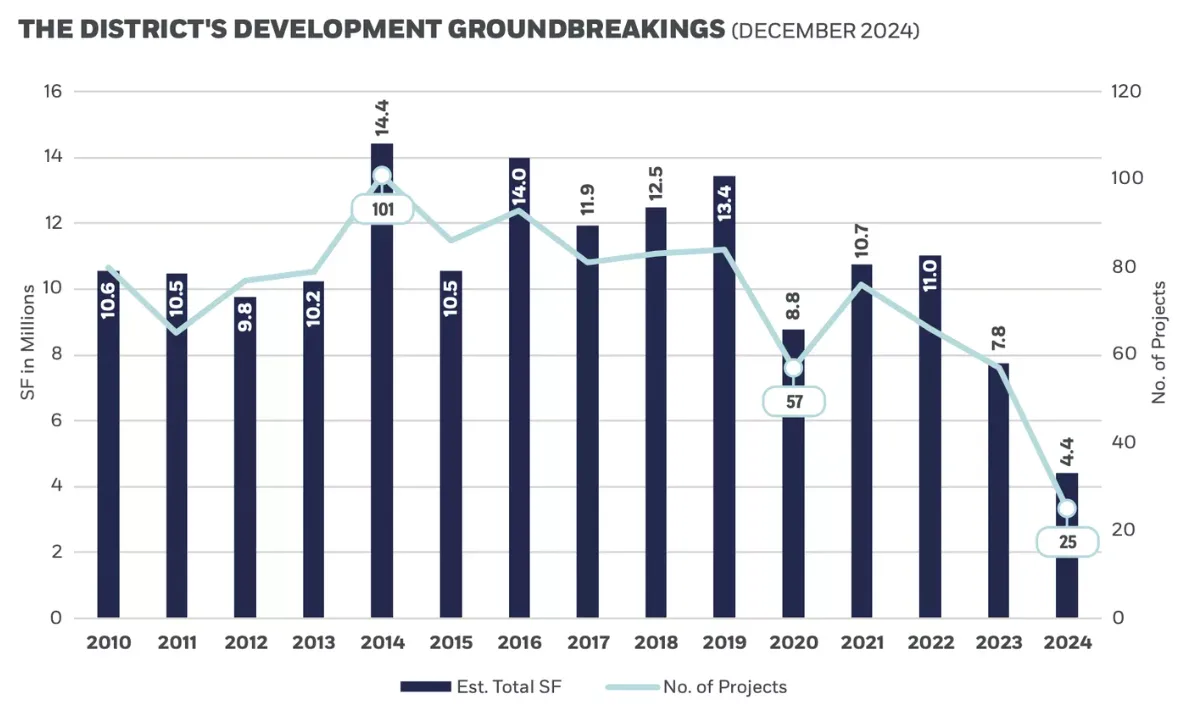
The Bigger Picture
The steep drop in development has severe implications for affordability. D.C.’s median rent hit $2,325 in February, up 2.7% from the previous year — and that figure doesn’t factor in unpaid rent that threatens property solvency and future supply.
“We need the market to start investing in housing in D.C. again,” said Council Member White. “If they don’t, it’s going to hurt the people who are struggling to find a place they can afford to live”, he added, noting that housing starts are a vital barometer of market health.
Developers and affordable housing nonprofits agree: the current policy mix has tipped the scales, discouraging investment at a time when D.C. needs housing the most.
What’s Next
All eyes are now on the Council’s upcoming votes. If reform passes, industry leaders believe D.C. can rebound — but only if the changes go far enough to restore investor confidence.
Until then, capital continues to flow elsewhere. As National Housing Trust CEO Priya Jayachandran put it, “Their credit folks have decided D.C. is not a good investment right now”, a sentiment that’s become a driving factor behind dwindling housing starts.
If the city doesn’t act soon, the cranes may not come back — and the cost of inaction could be even higher rents and a prolonged housing shortage.
